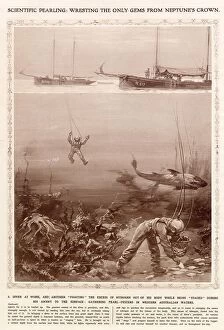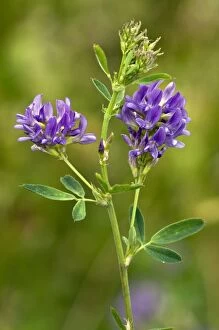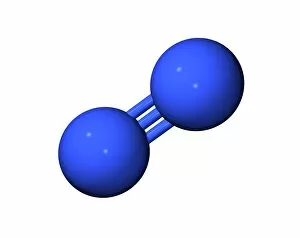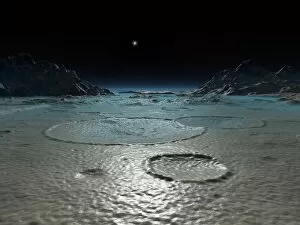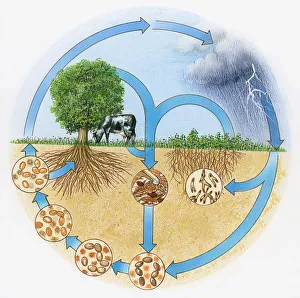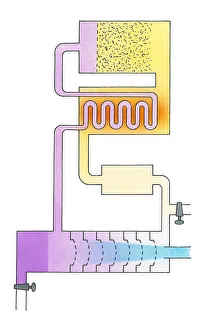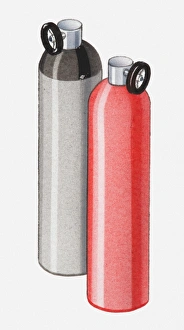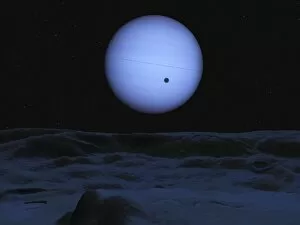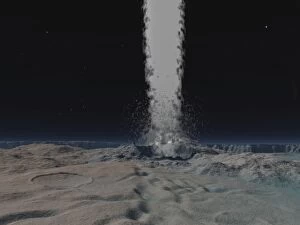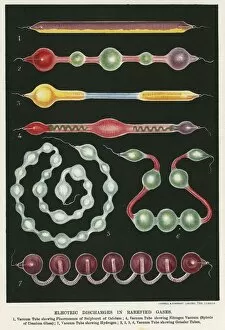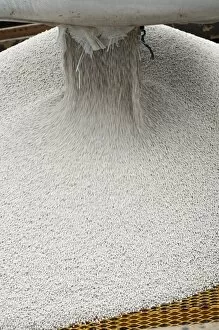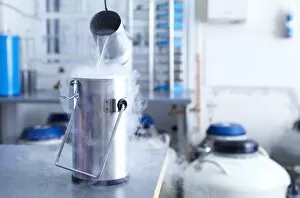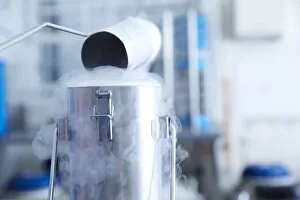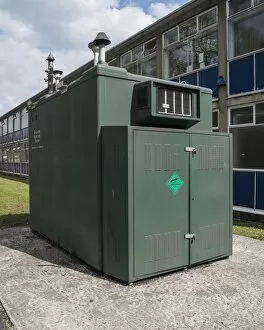Nitrogen Collection
"Unleashing the Power of Nitrogen: From Fields to Oceans and Beyond" A Valtra T151 tractor with a muck spreader
All Professionally Made to Order for Quick Shipping
"Unleashing the Power of Nitrogen: From Fields to Oceans and Beyond" A Valtra T151 tractor with a muck spreader, diligently spreading nutrient-rich muck on an arable field in England during the vibrant month of March. The JCB Loadall telehandler efficiently loading muck into the spreader, preparing for its vital role in nourishing the fertile soil of an English arable field in March. An intriguing glimpse into 19th-century chemistry equipment, showcasing the early exploration and understanding of nitrogen's properties by scientific pioneers. Divers embarking on a pearl-oyster gathering expedition in Western Australia waters, where staged diving techniques allow them to move vigorously at specific depths for extended periods - all made possible through nitrogen's crucial involvement. The resilient curly mesquite plant (Hilaria cenchroides), thriving thanks to nitrogen's essential contribution as a building block for proteins and DNA within this remarkable species. Baron Justus Liebig, immortalized through an engraving, renowned for his groundbreaking research on agricultural chemistry that shed light on nitrogen's pivotal role in plant growth and crop yield enhancement. Lush fields of sugar cane (Saccharum officinarum) standing tall under the sun-kissed skies owe their vigor to nitrogen fertilization practices that optimize their growth potential and maximize sucrose production. Picture No. 10899510 captures nature's invisible hero - the humble yet mighty nitrogen molecule - silently working behind-the-scenes to sustain life across diverse ecosystems worldwide. A nostalgic flashback takes us back to 1984 when NASA backpackers embarked on adventures fueled by science and curiosity while carrying portable devices capable of analyzing atmospheric levels - highlighting its importance even beyond our planet Earth.




